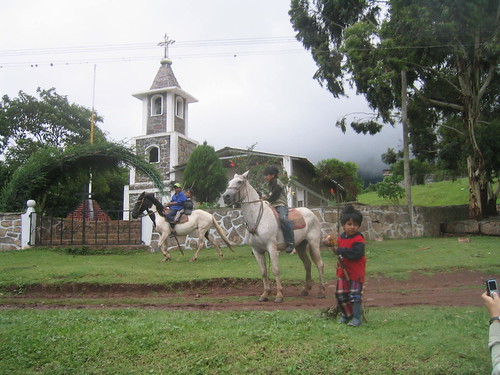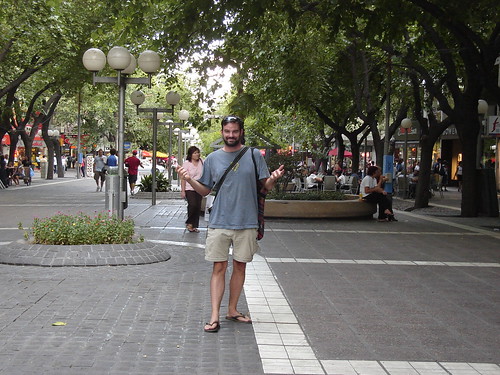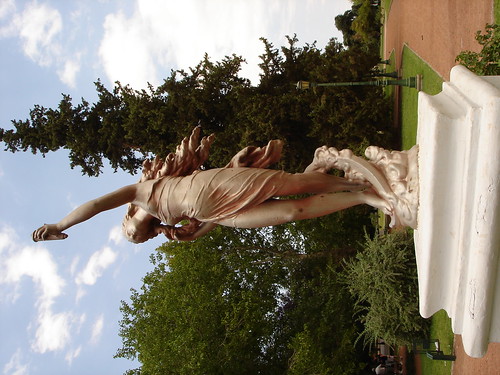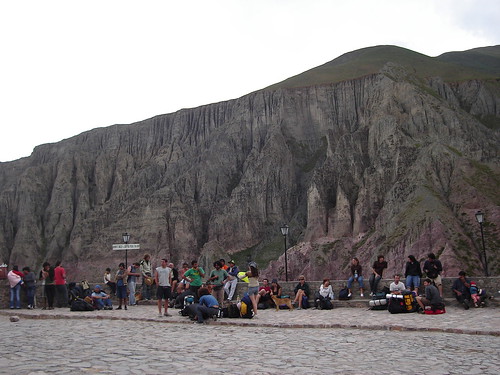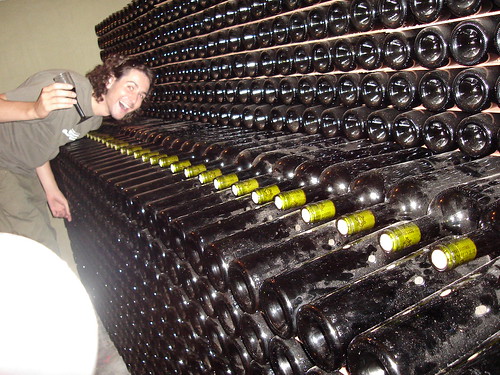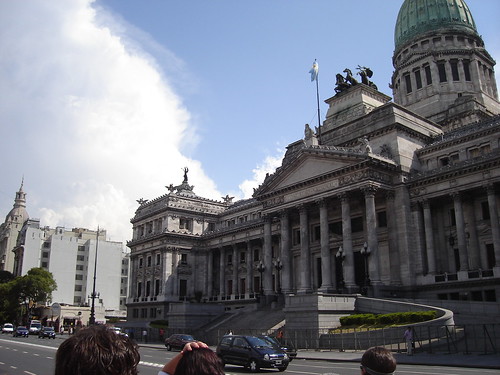
"Quito has great mountains, there are rockin' dance clubs in Lima, Cuzco has ancient ruins and friendly Peruvians..." they would tell us before getting a goofy grin and saying, "...and then there is Buenos Aires. Well, you know, it's Buenos Aires"
It was precisely one year ago when our crazy idea for some sort of trip stopped being a fantasy. I had just given my friend (who was also my boss) two month notice, asked my housemates to start looking for a replacement and stared down the barrel of the unknown. I was excited. And scared. I called Tyler and sipped a beer while we tried to imagine what we were in for. We had very few specific plans outside of a one-way flight to Guatemala. We had some vague ideas about going to the southern tip of South America but we didn't know where we'd go, how long, nor where it'd end up. Although I didn't remember it until now, after hanging up I apparently decided to write to my future self. FutureMe.org is a free website that you use to write an email and specify when you want it sent to your email address; sort of digital time capsule. I sat down and wrote a message for exactly one year from then. I had no idea where I'd be when I recieved it and find it it an amazing coincidence that on the very last day of the trip I got this:
From: Micah -exactly one year ago-
To: Micah -today-
Date: Feb 21, 2006
Subject: Message from your past
Greetings Micah. So, I'm awake, a wee bit drunk, and curious who the hades you are. I'm sitting in a nice room in Northampton, Mass. with a house full of great people that are both housemates and friends. I've got a girlfriend, Elizabeth, who I'm in the early giddy stages of falling in love with and a job I don't love... but certainly don't hate. I've got really good friends, I'm living in a wonderful, practically utopian place but my wanderlust is raging.
I don't really understand why, but I'm anxiously planning on quitting my job, abandoning my life by living in South America for a few months and then moving to Colorado with Tyler. I'm craving the change, the escape, the freshness of a new place... but I'm worried I may be making a big mistake.
I'm wondering if you, in retrospect, will be looking back to now as the best time in your life. And if you shake your head in disbelief that I gave it all up to, well, become you. I guess the thing that gives me a measure of courage is confidence in myself, in you. I feel like if your life isn't giving you what you want you will pack up and roll the dice again with another move. If the life I end up choosing isn't, in the end, satisfying, you'll find it within yourself to fix things. I don't know if it'll always work. I don't even know that it'll work for me now,
I guess, on the balance, I just don't know. And so I don't know what to do. But I'm pretty sure I'm going to throw lifes dice once again to see what happens. And I hope you not only forgive me but thank me. But only time (and you) will tell if that really happens.
~Micah
It's not often one asks oneself for either forgiveness or appreciation so I'll answer.
Micah, you didn't have the foggiest idea what you were in for. It was crazy to gamble so much that you loved on the throw of metaphysical dice. As much as you knew you were going into the unknown, you were confident that you knew yourself. And that this knowledge would be a constant that would carry you through the trip and beyond. But somewhere along this trip you lost even that. I am not the same person that left for this incredible trip. It is said that "You can't find yourself until you lose yourself." You did the losing and I'm happy to say I that did the finding.
This trip was a huge gamble. And you, you lucky bastard, won. And although I honestly don't know where our life will take me I found more than either of us could have imagined in Latin America. And for this incredible gift, Thank You!
~Micah
PS Estudias tus Castellano!
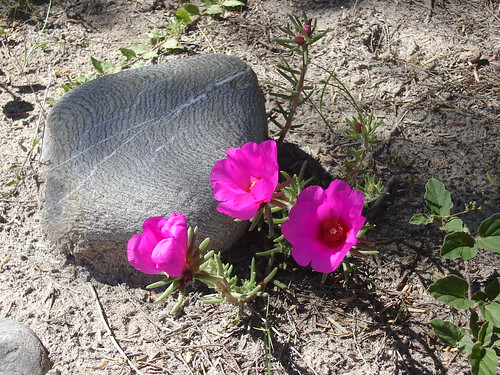
The adventure, and this blog, aren't over!
If Living Deliberately is worth anything as a life philosophy it must apply to the world of alarm clocks and bills as well as that of mangos and the constellation of the Southern Cross.
I intend to find out and will share more stories and pictures along the way.
So keep coming back to read about the next chapter in the adventures of the Brothers MacAllen
